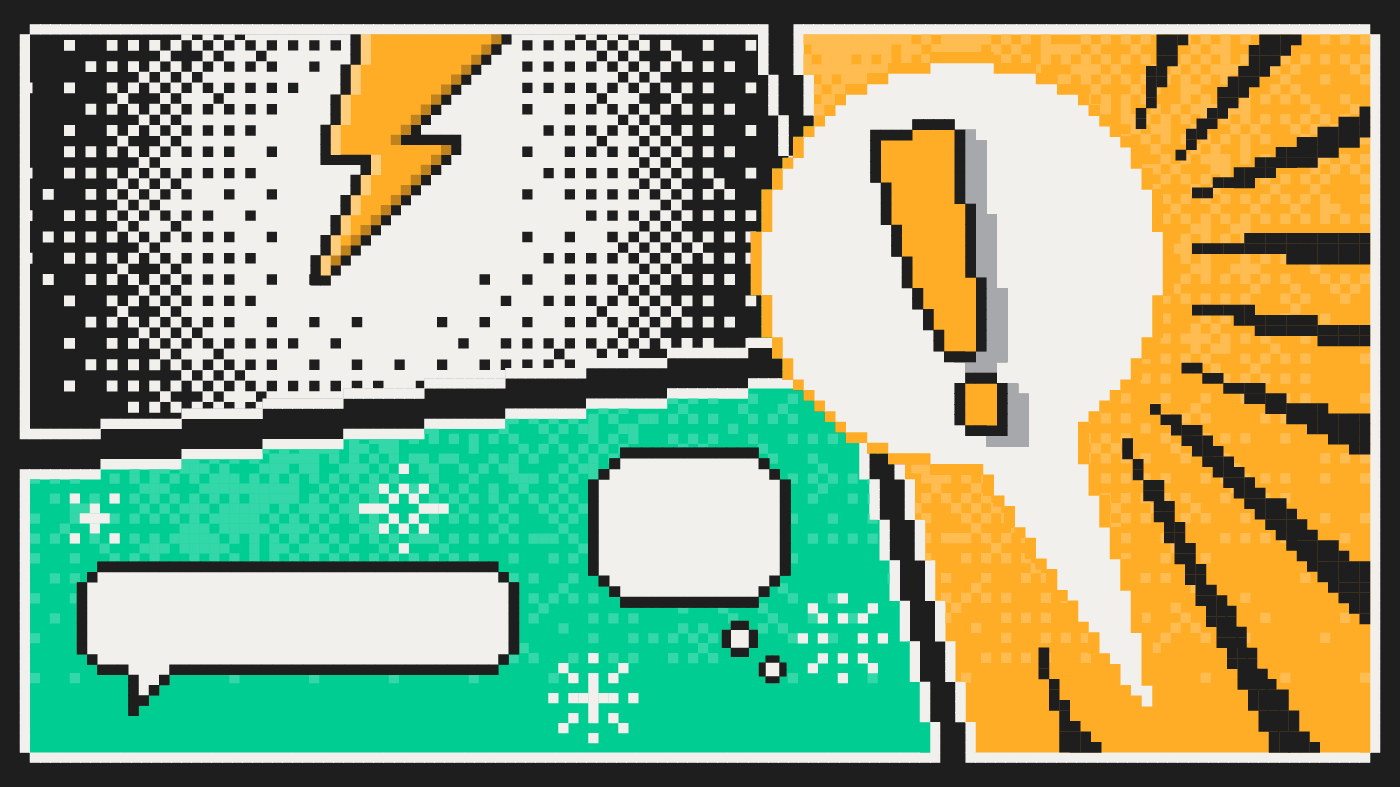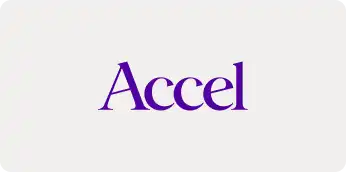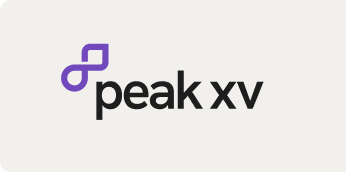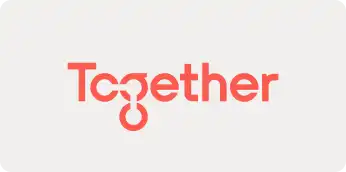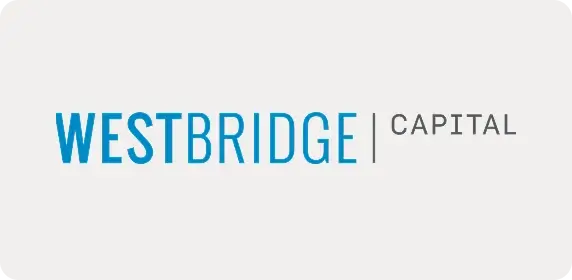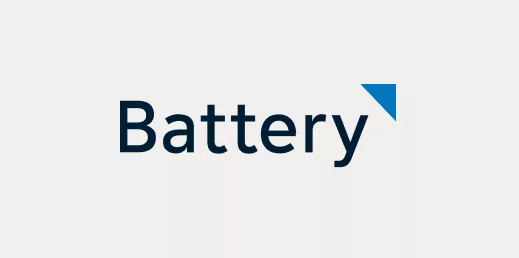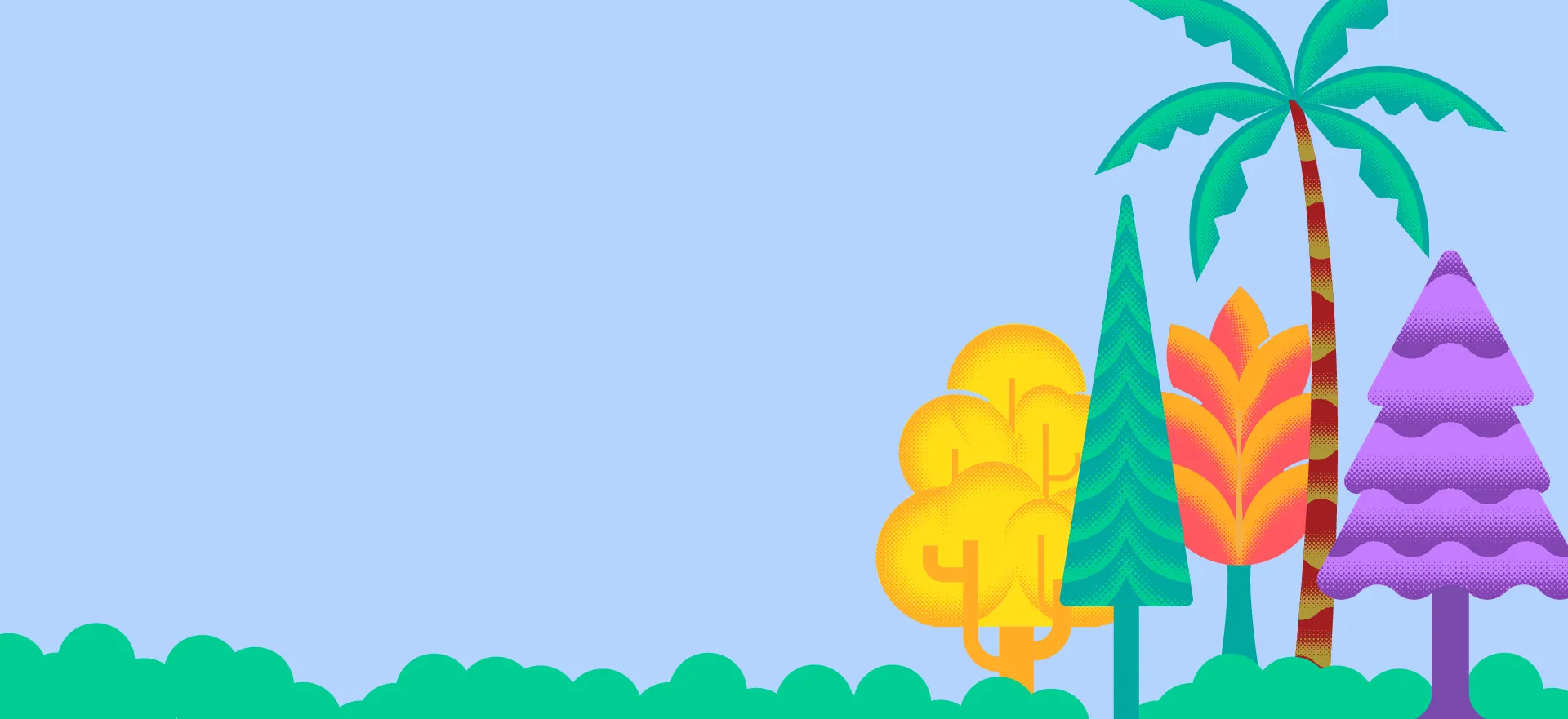AI Advantage India Series: How an Indian Startup is Reimagining AI-Powered Storytelling
A woman in Manhattan, lost in the pages of a beautifully illustrated webcomic on her phone, pauses at a particularly moving scene.
Halfway across the world, an artist in Mumbai watches as AI helps bring her story to life in hours rather than weeks.
They are both part of a new storytelling revolution—one driven by AI, powered by creativity, and championed by an Indian startup: Dashtoon.
In an era where short-form videos dominate screens and algorithm-driven content fights for fleeting attention, a contrarian playbook is winning traction.
A massive audience—women in their 30s to 50s—are spending up to half an hour daily immersed in comics about self-discovery, second chances, and “sliding doors” moments. Unlike Gen Z’s rapid-scroll behavior, these readers seek depth, emotional connection, and narratives that resonate with their own lives.
Dashtoon has uncovered this hidden market and positioned itself at the heart of a $32 billion opportunity.
The Rediscovery of Comics in the Digital Age
For those who came of age in the 80s and 90s, there was a monthly ritual of anticipation — a rare treat that you looked forward to once each month.
A glossy vivid comic book.
Fresh off the mint.
More than just pages and ink, these were wormholes to infinite universes: mythological realms, fantastical landscapes, distant sci-fi futures, and historical epochs just waiting to be explored.
A comic book occupies a whimsical middle ground in the liminal space between literature’s dense whispers and cinema’s thundering spectacles — a crystalline medium that beguilingly invites readers to inhabit the white spaces between panels, filling them with personal dreams, interpretations, and unbridled imagination.
But this creative wonderland harbored a brutal constraint: comics were prohibitively complex to produce.
They demanded intricate collaboration — armies of designers, writers, and illustrators working in meticulous harmony.
These high barriers for creation — both in terms of cost as well as design skill — meant that only a handful of voices had the opportunity to tell their stories.
Until now.
Enter Dashtoon, an Indian startup poised to revolutionize visual storytelling in the AI era — or as they describe themselves, the “YouTube for Visual Novels.”
YouTube for Comics
Dashtoon, founded in December 2022 by PocketFM alumni Sanidhya Narain and Lalith Gudipati along with tech veteran Soumyadeep Mukherjee, is leveraging cutting-edge generative AI to democratize comic creation – from India for the world.
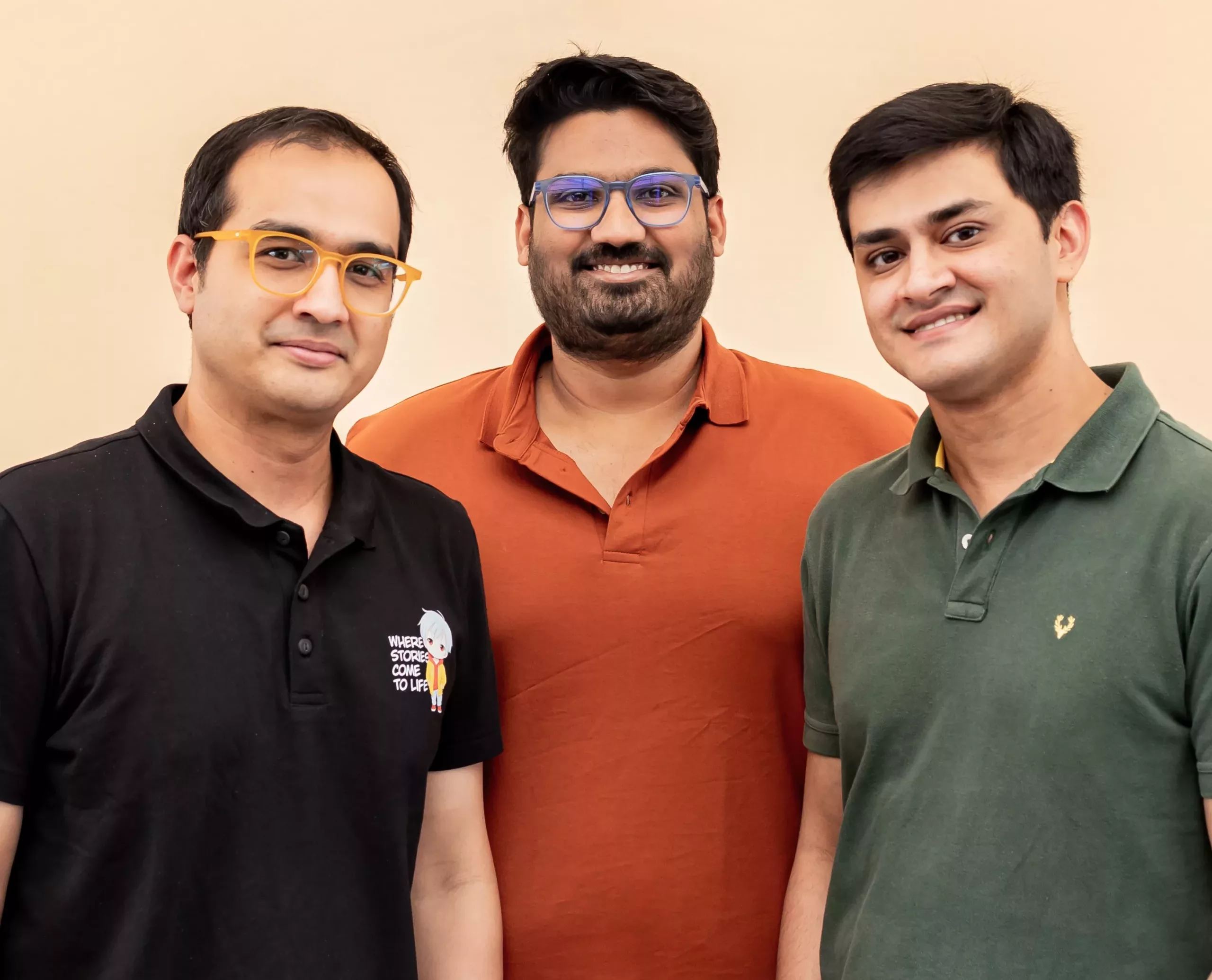
“AI will enable more people to be able to make visual content,” explains Mukherjee, Dashtoon’s Co-founder & CTO. “And people will be able to get more personalized niche content for themselves as the volume of content increases.”
This insight – that AI could democratize both creation and consumption – lies at the heart of Dashtoon’s mission to become the YouTube for visual novels.
In the rapidly evolving landscape of digital entertainment, Dashtoon is on a mission to fundamentally redefine the creative economy, expanding the very definition of what comics can be, who can create them, and how stories can be told and consumed in the digital age, a complete reimagining of how narratives can be crafted and consumed.
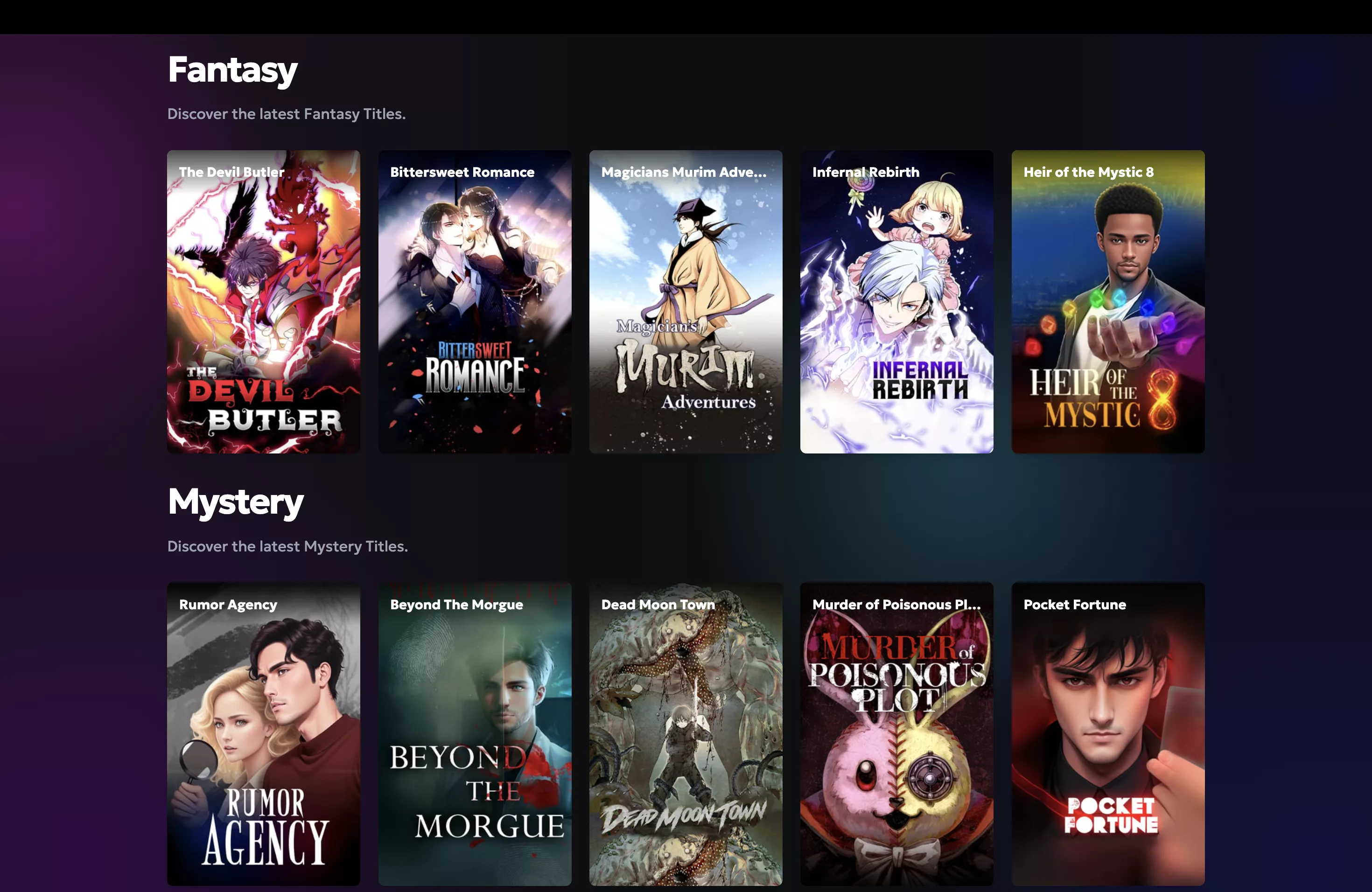
The Art of Adjacent Market Innovation
Some great innovations emerge from revolutionary breakthroughs, others from keen observation of adjacent markets.
For Dashtoon’s founders, Sanidhya Narain and Lalith Gudipati, this insight came during their tenure at Pocket FM. Narain and Gudipati were part of the founding team of the audio entertainment startup Pocket FM and helped the company build and grow the product in the US where they saw a recurring pattern—audiences crave serialized, immersive narratives, regardless of format. This realization shaped their vision for comics as the next major storytelling frontier.
Through deep market analysis, Dashtoon identified a striking gap:
- The digital entertainment landscape presents a compelling opportunity. The prize to be won is massive – The global digital entertainment market is racing toward $1.2 trillion.
- The comics segment, currently valued at $3.7 billion, is projected to grow to $75 billion by 2030.
- But the key opportunity for Dashtoon is that the digital comics landscape is undergoing a significant shift. Currently, the comics market is skewed toward only one geography, dominated by Asia Pacific – accounting for 70% market share ($2.6B of $3.7B). Beyond this mature market, the rest of the market, especially the West, has limited traction. On the supply side, the creator ecosystem is fragmented and diffuse.
- By 2030, while APAC is expected to grow to $43B, the rest of the world is expected to account for as much as $32B leading to a more balanced global distribution powered by a more mature creator economy.
- Dashtoon aims to capture a significant 20% market share in regions outside Asia-Pacific, translating to a potential $6.5 billion prize.
“We decided to build for the US mostly because it’s a large English-speaking market with the propensity to pay for content,” says Mukherjee, highlighting Dashtoon’s global ambitions from day one.
But what is Dashtoon’s “Right to Win” in this market?
For starters, a unique insight about the market.
Turning Market Asymmetry into Opportunity: The $32 Billion Boring Middle
For years, traditional publishers focused primarily on superhero franchises and manga imports, missing an opportunity to serve audiences seeking different storytelling experiences. Through deep market analysis, Dashtoon identified striking potential in a demographic that wasn’t traditionally regarded as a target market for comings.
Women aged 35 to 55 displayed strong engagement with stories about career changes, cultural intersections, and personal reinvention. These readers follow story arcs, connect with characters, and actively seek narratives that reflect their lived experiences and aspirational fantasies. Their behavior mirrored that of binge-watchers on streaming platforms and audiences consuming serialized content through short-form video apps. Yet traditional comics had rarely served this demographic in a meaningful way.
“We believed that if we made romance content look realistic instead of the conventional 2D hand-drawn comic, we could expand the total addressable market of comic consumption,” explains Mukherjee.
This insight drives Dashtoon’s focus on realistic visual styles that appeal to mature readers.
But how does this actually work in the real world?
Becoming the “YouTube for Visual Novels”
What propelled Dashtoon beyond a typical publishing startup was a strategic focus on end-to-end AI-assisted creation.
The vision echoes YouTube’s transformation of video content: remove barriers so anyone can create, then connect them to a global audience. But whereas YouTube needed cheap cameras and broadband, Dashtoon had to solve a thornier AI problem—maintaining consistent character appearances and art styles across thousands of story panels.
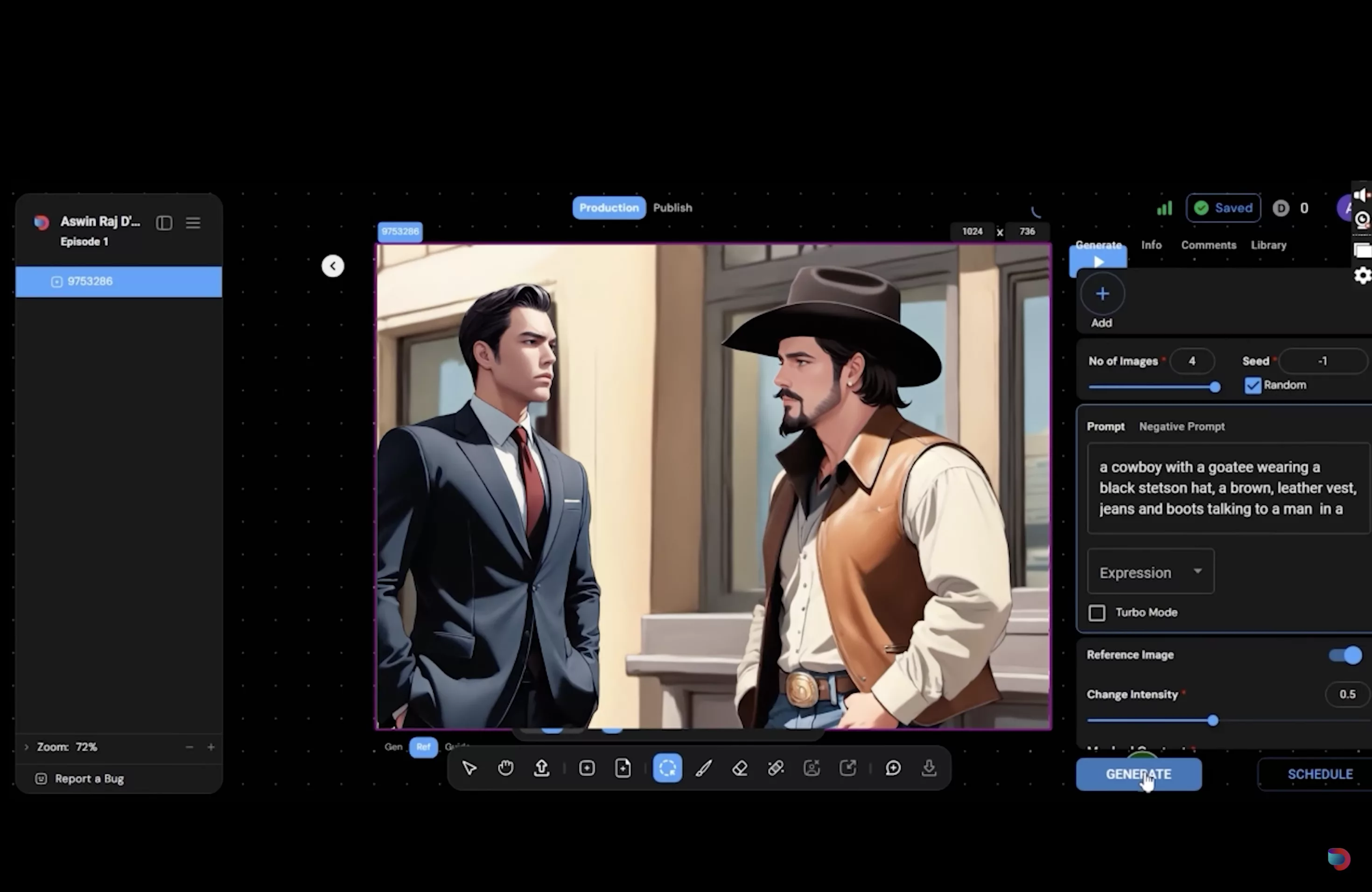
Dashtoon’s proprietary “Style DNA” system addresses exactly that. Through human-in-the-loop checks and machine-labeled data, they’ve achieved 98% style consistency for characters across 10,000+ poses. As a result, tasks that previously took dozens of hours—character design, background creation, panel composition—are now accomplished in minutes.
The results are impressive.
Before vs. After AI
- Character Design: 8 hours → 15 minutes
- Background Creation: 12 hours → 10 minutes
- Panel Composition: 10 hours → 20 minutes
- Coloring & Finishing: 10 hours → 15 minutes
Where it used to cost $1,500 to produce just four minutes of comic content, Dashtoon can now do it for about $70.
Yet the team stresses that speed alone isn’t the magic bullet—balancing efficiency with a high bar for art and storytelling quality remains their core focus.
Dashtoon solves this through a hybrid human-AI approach.
Breaking the AI Barrier
Dashtoon addressed this issue by integrating human-led refinement into AI workflows, achieving:
- 98 percent visual consistency across 10,000 character poses
- Seamless transitions between scenes
- A hybrid model where AI assists, but human artists ensure quality control
Mukherjee explains, “AI will enable more people to create visual content, but quality control remains critical—our hybrid system ensures that storytelling remains immersive and authentic.”
But how do you ensure quality? Even with humans in the loop?
Enter the India advantage.
India’s Competitive Edge in the Creative Economy
India has long been recognized for its expertise in software engineering and AI development, but its role in global content creation is equally significant.
From Bollywood’s visual spectacles to the intricate storytelling traditions of Indian mythology, the country has nurtured thousands of illustrators, animators, and designers who have contributed to everything from Hollywood blockbusters to international gaming franchises.
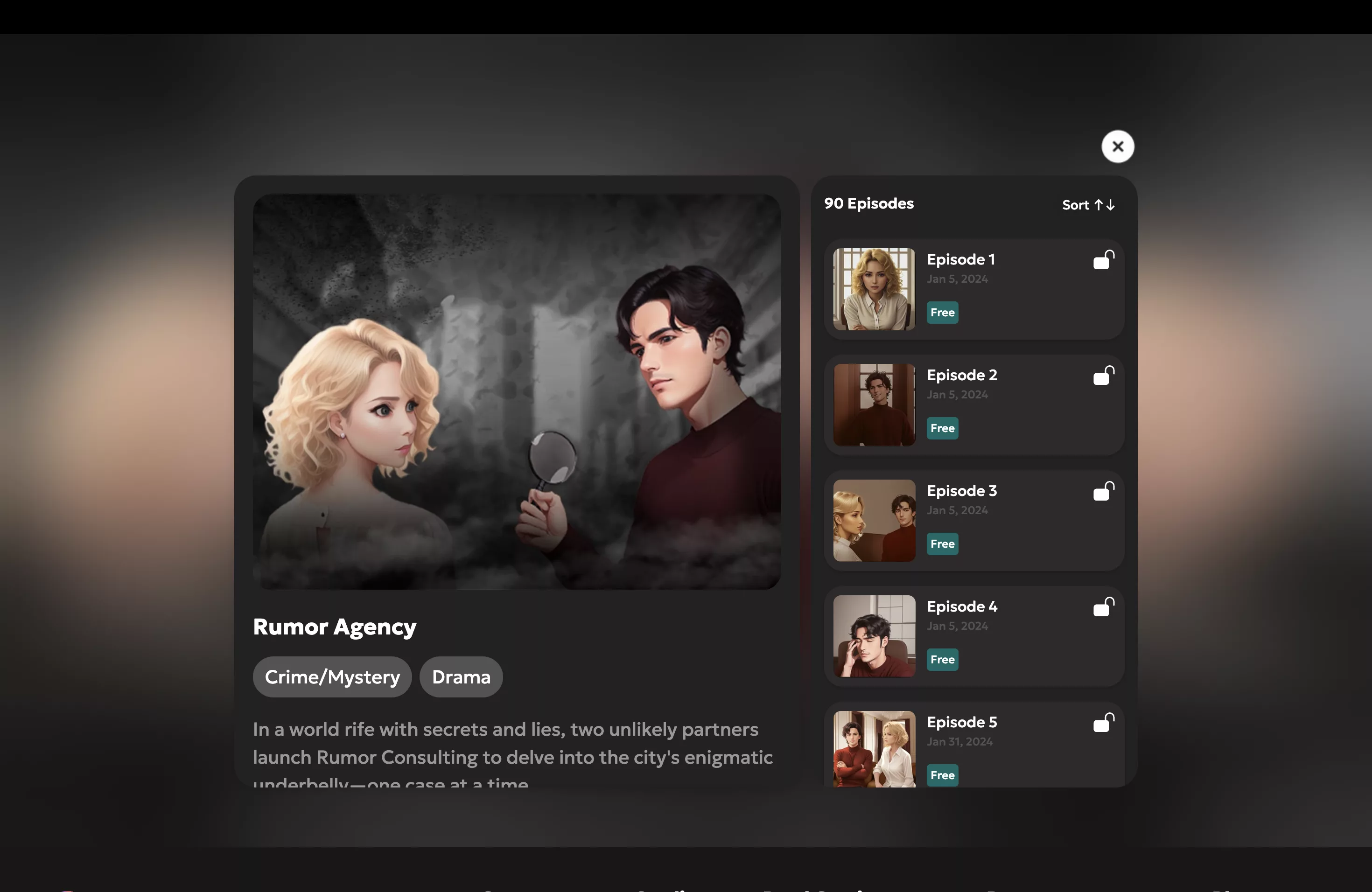
Dashtoon has tapped into this vast creative talent pool, assembling a team of 300+ in-house creative artists from India to “bootstrap” its marketplace with high-quality content. Assembling a team of this scale would have been expensive and inefficient in most other countries globally.
This team serves three primary functions:
- Ensuring high-quality content from day one, so AI-generated comics meet professional industry standards.
- Solving the “empty nest” problem of low-quality content that might have discouraged early adopters on the marketplace.
- Providing continuous feedback to improve AI training data, refining its ability to assist in creative work.
By building this infrastructure, Dashtoon is creating a self-reinforcing creative economy—where human expertise sharpens AI tools, and AI tools, in turn, expand the creative possibilities for artists. This unique blend of technology, artistry, and cultural understanding gives Dashtoon an advantage that few others can replicate.
“I don’t think AI can ever make good content. It’s always going to be an assistant,” Mukherjee emphasizes.
“Media and Entertainment companies will be the ones who make the best image/video models out there and not foundational model companies. You need to make a lot of content that users consume to understand what actually makes creation easy.”
The Platform Advantage: Quality Through Curation
In an environment increasingly cluttered with AI-generated content, Dashtoon stands apart through their emphasis on quality curation. Their “creative funnel” carefully balances accessibility with excellence—80% of content comes from professionals, establishing high storytelling standards. Dedicated creative producers collaborate with creators to refine ideas before any AI generation begins, ensuring that technology serves artistic vision rather than constraining it.
Their business model demonstrates a sophisticated understanding of platform dynamics, building multiple reinforcing network effects:
- Creator-side effects drive content diversity as more artists join
- Reader-side effects attract better creators as audiences grow
- Data network effects improve AI models with each interaction
- Cross-side network effects create a self-sustaining growth engine
The platform’s creator-centric approach offers a compelling 70/30 revenue share model—substantially more generous than traditional platforms’ offerings. Drawing from their Pocket FM experience, they’ve implemented a “10 Episode Hook” strategy, allowing readers to sample stories before accessing premium content. This approach creates sustainable engagement patterns benefiting both creators and consumers while building long-term platform loyalty.
The Human Heart of AI Storytelling
At its core, storytelling remains one of humanity’s most distinctive capabilities. While code excels at deterministic tasks, stories embody shared human experiences, emotions, and aspirations. Dashtoon recognizes this fundamental truth, developing AI-powered tools that amplify human creativity rather than attempting to replace it.
“Content businesses have largely capitalised on technology for distribution,” says the company.
“We at Dashtoon believe it’s time to bring that technological edge to content creation itself. Generative AI will level the playing field for storytellers worldwide while meeting the diverse tastes of global consumers.”
The Future of Visual Storytelling: Dashtoon’s Roadmap
As Dashtoon progresses from $1M toward $10M ARR over the next year, its ambitions extend beyond digital comics as we know them today. The company’s aspirations extend to AI-driven tools for broader visual storytelling applications:
- Automated Storyboard Generation: AI-powered layouts that help creators sketch narratives faster.
- Dynamic Scene Composition: Intelligent framing and perspective adjustments to enhance storytelling flow.
- Cross-Cultural Style Adaptation: Tools that allow content to be easily reimagined for global audiences while maintaining cultural authenticity.
- AI-Assisted Video Storytelling: Extending AI-enhanced visual storytelling into animated formats, opening new possibilities for digital media.
These initiatives enable Dashtoon to position itself as an AI-driven content ecosystem rather than just a comic creation tool. The company is building infrastructure that will empower storytellers across multiple media formats, creating an AI-enabled creative economy where technology amplifies human storytelling capabilities, making visual narratives more accessible and engaging than ever before.
A New Era of AI-Powered Storytelling
The future of storytelling is being redefined. AI is not replacing human creativity but enhancing it, providing tools that make storytelling more accessible and scalable than ever before.
“We’re not just making comics,” says Mukherjee. “We’re building the creative economy of the future—where technology enhances, rather than replaces, human storytelling.”
From Mumbai’s creative studios to the morning commutes of Manhattan, Dashtoon is giving storytellers everywhere the ability to bring their worlds to life, faster and better than ever before.
The future of visual storytelling is being drawn, one AI-assisted panel at a time, and Dashtoon is holding the pen.
About Advantage India
Advantage India is a meticulously crafted collection of thought leadership blogs that delve into the transformative realm of artificial intelligence. This series explores market dynamics, emerging trends, and the pioneering journeys of AI-first startups, offering a profound lens into the evolving landscape of disruptive innovation. Explore more in this series here.

